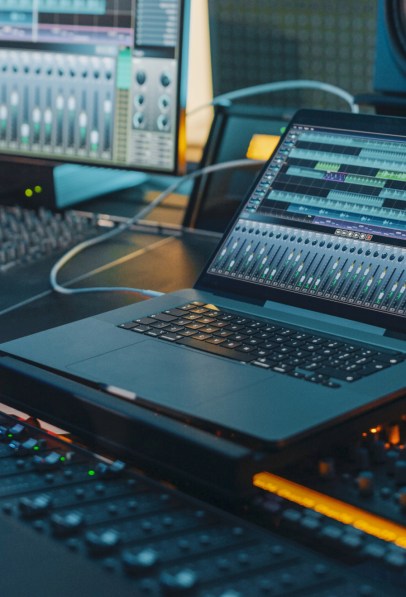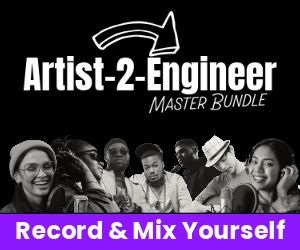
Analog, digital, and hybrid mixing represent different approaches to audio mixing, each with its own set of characteristics, advantages, and challenges. Understanding the distinctions between these methods is crucial for audio engineers and producers as they navigate the diverse landscape of modern music production.
Analog Mixing
Overview: Analog mixing involves the use of physical, hardware-based equipment such as analog consoles, outboard gear, and analog tape machines. Signal processing is achieved through analog circuitry, creating a continuous and smooth audio signal path.
Characteristics: Analog gear is often associated with a warm and character-rich sound, imparting a subtle coloration to the audio. Analog consoles feature tactile knobs and faders, providing hands-on control and a tangible connection to the mix.
Advantages:
Vintage Sound: Revered for its vintage sound characteristics, appealing to those seeking a classic and nostalgic sonic palette.
Harmonic Distortion and Saturation: Analog circuitry introduces harmonic distortion and saturation, contributing to a pleasing warmth.
Challenges:
Cost: High-quality analog gear can be expensive, and maintenance costs can add up over time.
Recallability: Settings can be challenging to replicate precisely, making it harder to reproduce exact mixes.

Digital Mixing
Overview: Digital mixing utilizes software-based solutions and digital audio workstations (DAWs) to process and manipulate audio signals. Audio is represented in a discrete, numerical format, enabling extensive processing, editing, and recall capabilities.
Characteristics: Digital mixing offers precise control over parameters, allowing for detailed editing and automation. DAWs facilitate easy recall of settings, enabling reproducibility and efficient workflow.
Advantages:
Flexibility: Provides a vast array of virtual plugins, instruments, and processing tools.
Integration: Seamless integration with other digital production processes, such as virtual instruments, MIDI, and automation.
Challenges:
Sound Quality: Some argue that digital mixes can sound sterile compared to analog counterparts, lacking the warmth and coloration associated with analog gear.
Learning Curve: The extensive features of DAWs can lead to a steep learning curve for beginners. *Don’t worry, you can skip the learning curve with private lessons at AMP Music Lab
Back in the day, everything was analog. Then came the era of digital. Hybrid mixing is the best of both worlds, but the workflows and setup are more dynamic. These setups usually require a more advanced knowledge of signal flow, routing, and analog and digital audio concepts.

Hybrid Mixing
Overview: Hybrid mixing combines both analog and digital elements, allowing for the best of both worlds. Analog outboard gear is integrated into a digital workflow, often utilizing analog summing, preamps, or compressors alongside digital processing.
Characteristics:
Analog Warmth with Digital Precision: Hybrid systems seek to combine the warmth and coloration of analog gear with the precision and recallability of digital workflows.
Flexible Signal Flow: Engineers can choose which parts of the signal path to process in the analog domain while maintaining the convenience of digital recall for other elements.
Advantages:
Customizable Workflow: Offers a customizable workflow where engineers can choose the best tools for specific tasks, blending the sonic characteristics of analog and digital gear.
Recallability: Provides the ability to recall certain analog settings while retaining the overall flexibility and recall benefits of a digital environment.
Challenges:
Integration Complexity: Integrating analog gear into a digital setup requires careful consideration of signal flow and clock synchronization.
Cost: High-quality analog gear can be expensive, and building a hybrid setup may require a significant investment.
Choosing between analog, digital, or hybrid mixing depends on the preferences, goals, and resources of the audio engineer or producer. Each approach offers a unique sonic signature and workflow advantages. Whether one opts for the tactile feel of analog, the precision of digital, or the blend of both in a hybrid system, the key is to leverage the strengths of each method to achieve the desired artistic and technical outcomes in audio production.
Ready to master the art of mixing?
Learn how to mix with private lessons or our Artist2Engineer online course. Gain the skills you need to excel in any mixing environment.















